Maximize Your Savings: The 2025 Electric Car Tax Credit Explained
Introduction
As the world shifts towards sustainable energy and transportation solutions, electric vehicles (EVs) have become increasingly popular. In 2025, the U.S. government is enhancing its commitment to promoting electric car adoption through tax incentives, particularly the Electric Car Tax Credit. This article will explore the details of the 2025 Electric Car Tax Credit, how it works, who qualifies, and how to maximize your savings when purchasing an electric vehicle.
Understanding the Electric Car Tax Credit
The Electric Car Tax Credit is a federal incentive designed to encourage the purchase and use of electric vehicles. This tax credit can significantly reduce the upfront cost of buying an EV, making it more accessible for consumers. As of 2025, the credit can be as high as $7,500, depending on various factors including the manufacturer, battery capacity, and consumer income.
Eligibility Criteria
To qualify for the Electric Car Tax Credit in 2025, several eligibility criteria must be met. Here are the key requirements:
- Vehicle Type: The vehicle must be a new all-electric or plug-in hybrid electric vehicle. Used cars and conventional gas vehicles do not qualify.
- Battery Capacity: The vehicle should meet a minimum battery capacity requirement, typically at least 5 kWh, to qualify for the full credit.
- Manufacturer Limit: Each manufacturer can only provide a certain number of credits. Once a manufacturer sells 200,000 qualifying vehicles, the credit begins to phase out for subsequent buyers.
- Income Limits: High-income earners may face restrictions. In 2025, there may be income caps, disallowing those above a certain threshold from claiming the credit.
How to Claim the Electric Car Tax Credit
Claiming the Electric Car Tax Credit is a straightforward process. Here’s a step-by-step guide:
- Purchase Your Vehicle: Buy a qualified electric vehicle from a licensed dealer.
- Obtain Documentation: Keep all purchase documents, including the bill of sale and any manufacturer certifications regarding the vehicle's qualifications for the tax credit.
- File Your Taxes: When filing your tax return, complete IRS Form 8834, which is used to claim the Qualified Plug-in Electric and Electric Vehicle Motor Vehicle Credit.
- Consult a Tax Professional: If you are unsure about the process or your eligibility, consider consulting a tax professional for guidance.
Maximizing Your Savings
To make the most of the 2025 Electric Car Tax Credit, consider these strategies:
1. Research Eligible Vehicles
Before making a purchase, research which vehicles qualify for the full tax credit. Certain manufacturers may offer more generous incentives or have vehicles that are more affordable while still providing significant savings. Websites like the U.S. Department of Energy can provide updated lists of eligible models.
2. Take Advantage of State Incentives
In addition to the federal tax credit, many states offer their own incentives, which can include rebates, tax credits, or access to carpool lanes. Research your state’s offerings to maximize your savings further. For example, California has been known to provide substantial rebates for electric vehicle purchases.
3. Consider Leasing
If purchasing an electric vehicle isn't feasible, consider leasing. Some leasing agreements may allow you to benefit from the tax credit indirectly. While the leasing company typically claims the credit, they may pass some of the savings onto you through lower monthly payments.
4. Buy Early in the Year
Timing your purchase can affect how much you save. Buying an electric vehicle early in the year can allow you to claim the credit for that tax year, which could be beneficial if you anticipate a higher tax bracket. Always consider your financial situation and consult a tax advisor if needed.
5. Stay Informed About Changes
The regulations surrounding the Electric Car Tax Credit can change, especially with new administrations and shifting policies. Staying informed about any alterations in eligibility, amount, or application procedures can help you adapt your strategy accordingly and ensure you maximize your savings.
Environmental Benefits of Electric Vehicles
While financial incentives play a significant role in the adoption of electric vehicles, the environmental benefits are equally important. Electric cars produce zero tailpipe emissions, which can significantly reduce air pollution in urban areas. Additionally, as the grid becomes greener with more renewable energy sources, the overall carbon footprint of driving an electric vehicle continues to decrease.
Challenges and Considerations
Despite the benefits, there are challenges associated with electric vehicle ownership. Here are a few factors to consider:
1. Charging Infrastructure
One of the primary concerns for potential electric vehicle owners is the availability of charging stations. While the number of charging stations is increasing, it's essential to consider your access to charging at home or nearby public charging stations. Planning your charging strategy is crucial, especially for long-distance travel.
2. Upfront Costs
Even with the tax credit, the upfront cost of purchasing an electric vehicle can still be higher than that of a traditional gasoline vehicle. However, it’s essential to consider the total cost of ownership, which includes fuel savings, maintenance costs, and potential resale value. Over time, many electric vehicle owners find that the long-term savings outweigh the initial investment.
3. Battery Lifespan and Replacement Costs
Electric vehicle batteries have a finite lifespan, typically around 8-15 years, depending on usage and technology. Replacement costs can be significant, so it’s essential to factor this into your long-term budget. However, advancements in battery technology are continually improving lifespan and reducing costs.
Conclusion
The 2025 Electric Car Tax Credit presents an excellent opportunity for consumers to save significantly on the purchase of electric vehicles while contributing to a more sustainable future. By understanding the eligibility criteria, claiming the credit effectively, and leveraging additional savings strategies, you can maximize your financial benefits. As we continue to embrace electric vehicles, the environmental and economic advantages will become even more pronounced, paving the way for a cleaner future.
Explore
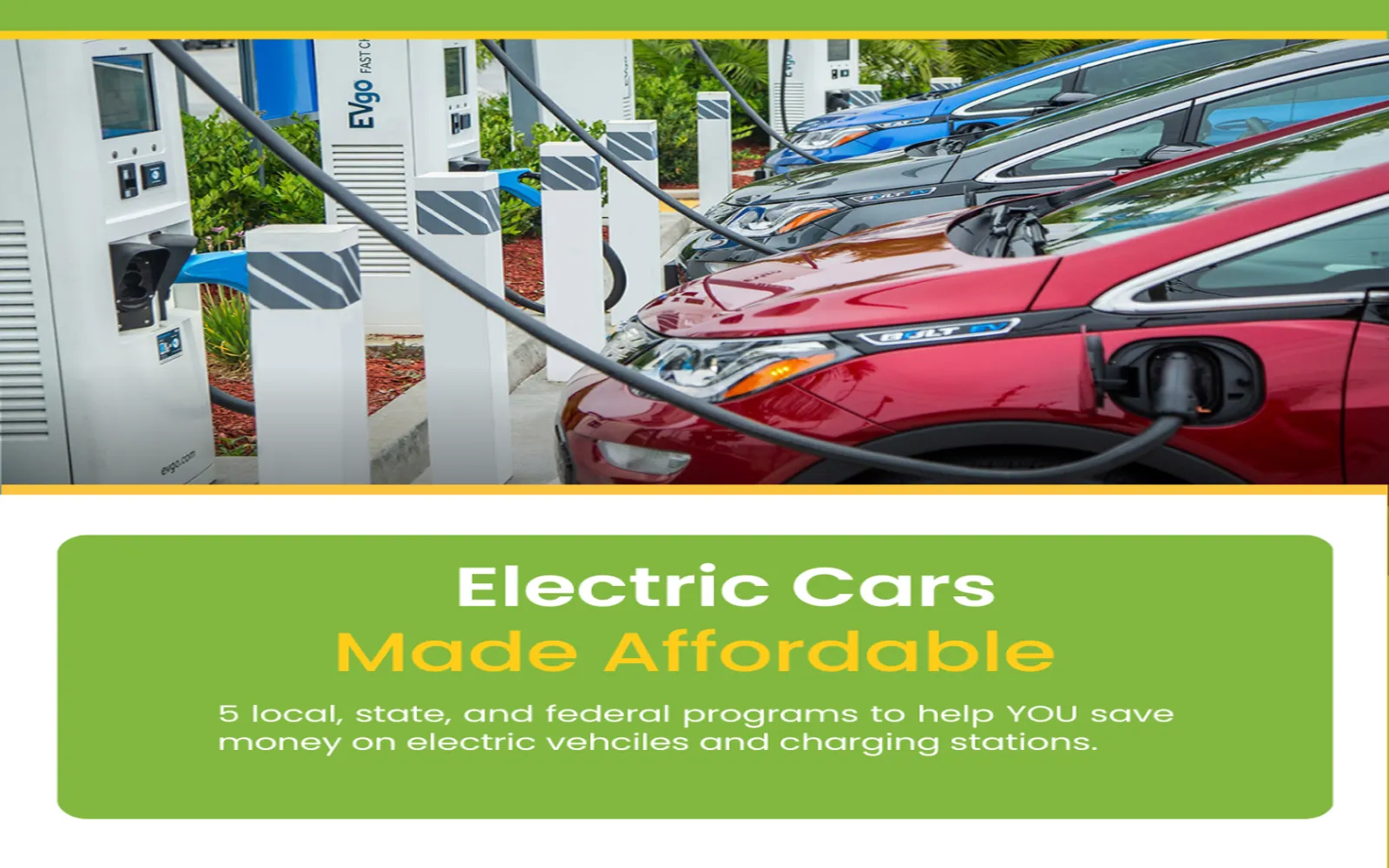
Maximize Your Savings: Electric Car Incentives to Watch for in 2025
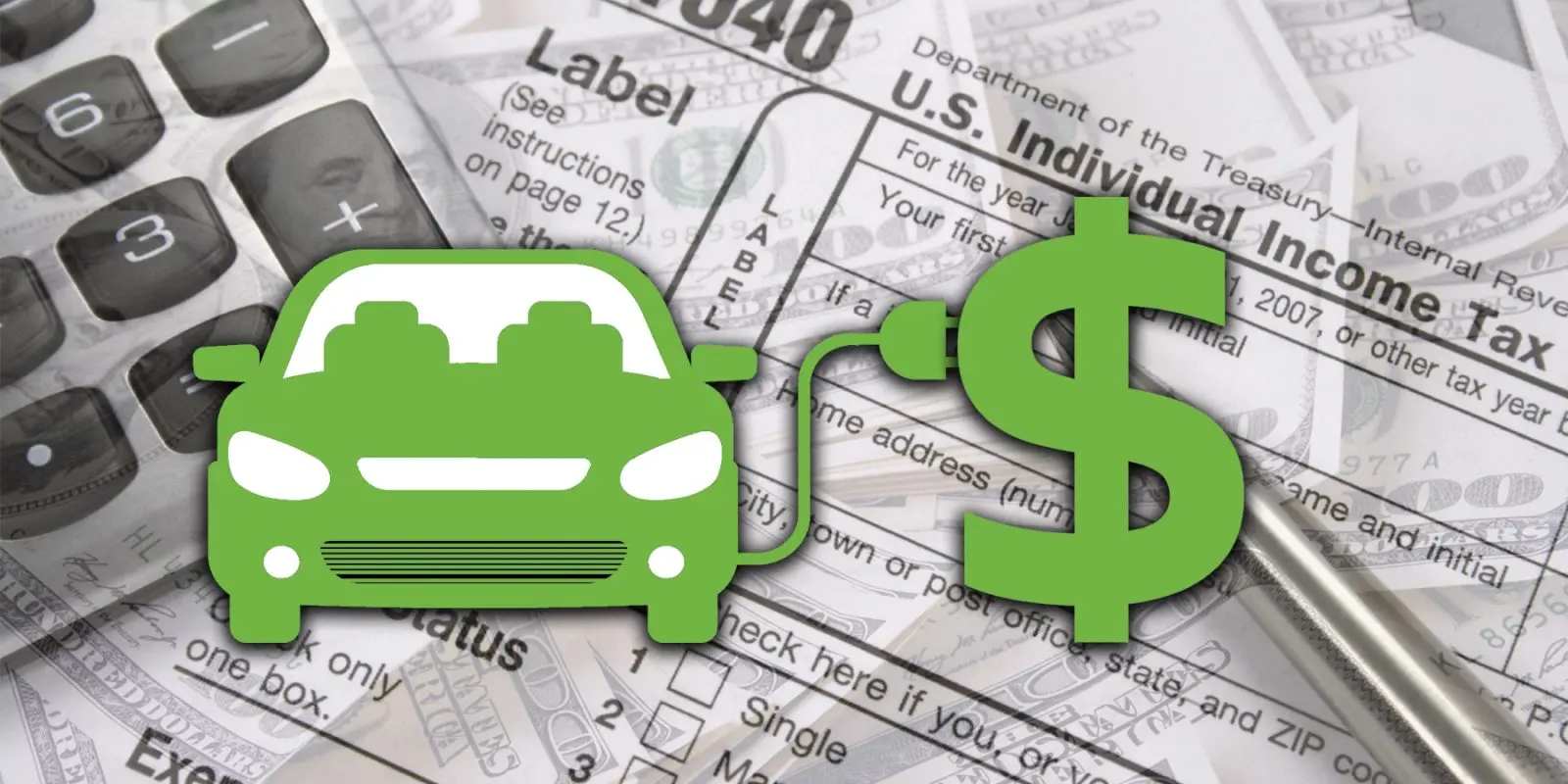
Electric Car Tax Credit 2025 — How to Save on Your Next EV Purchase

Electric Car Leases of 2025: Best Deals for Eco-Friendly Drivers
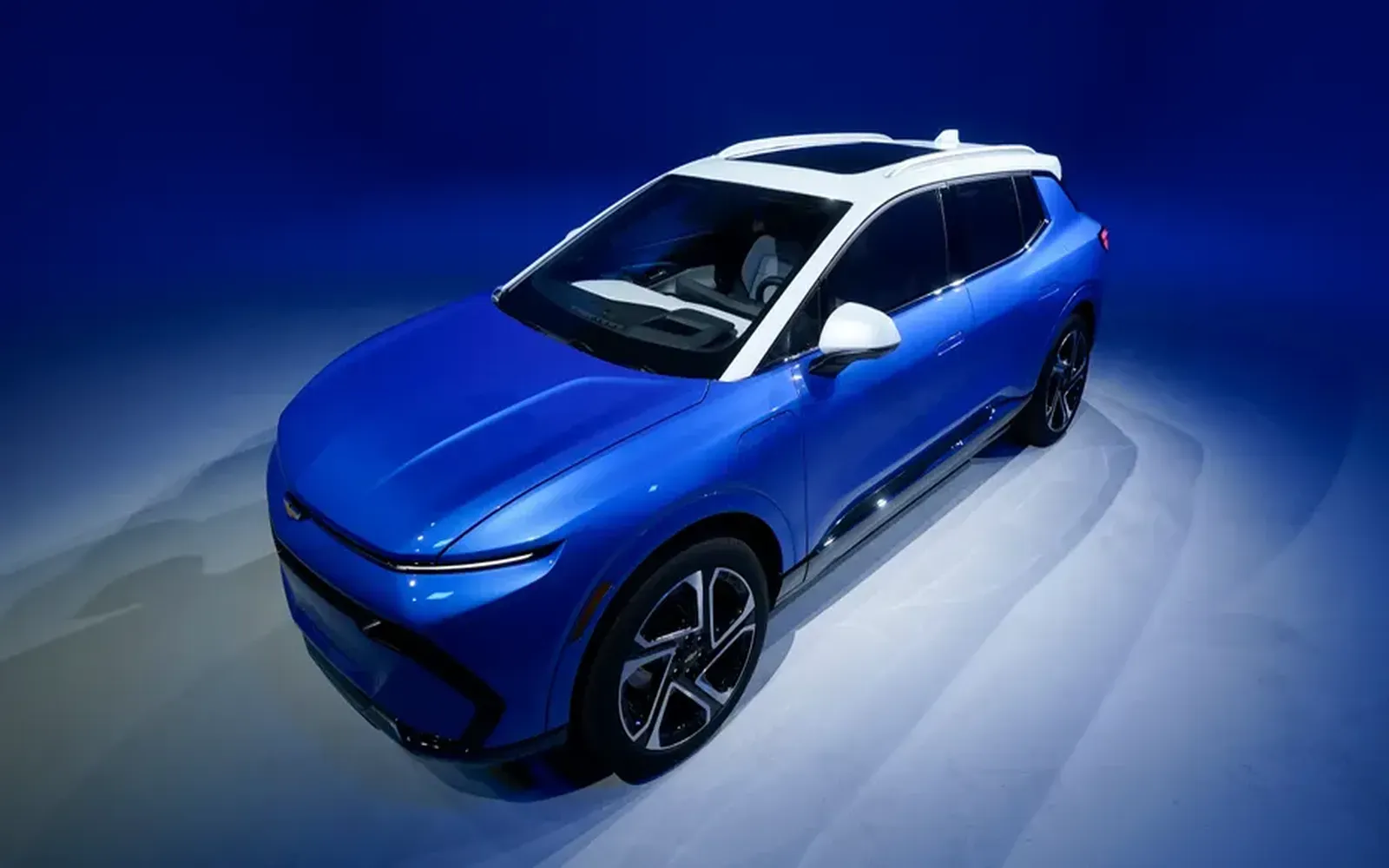
Affordable Electric Cars: Your Ultimate Guide to Budget-Friendly EVs in 2025

2025 Car Trade-In Value Estimator: Maximize Your Vehicle's Worth Today!
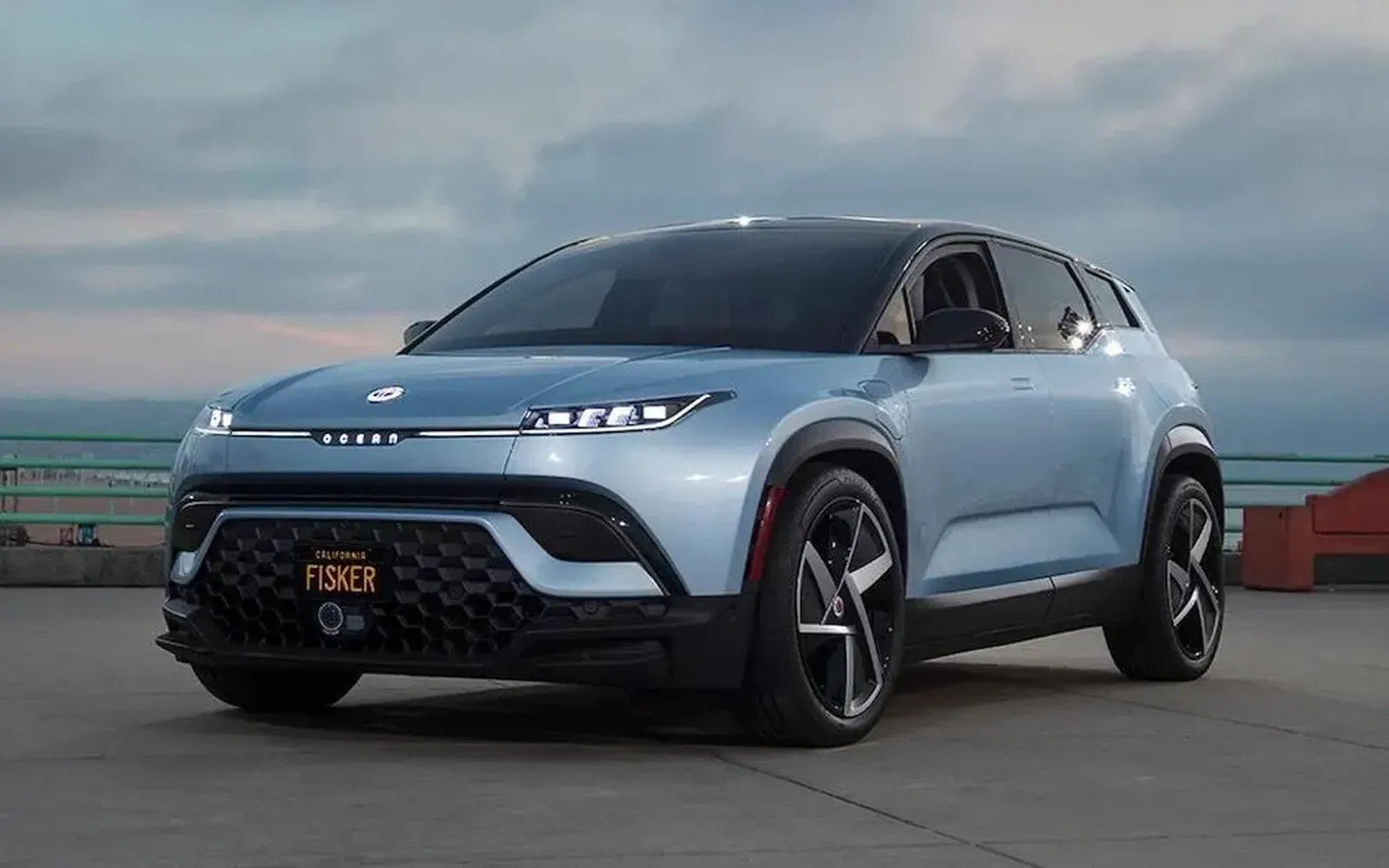
Electric Cars in 2025: The Future of Sustainable Driving and Innovative Technology
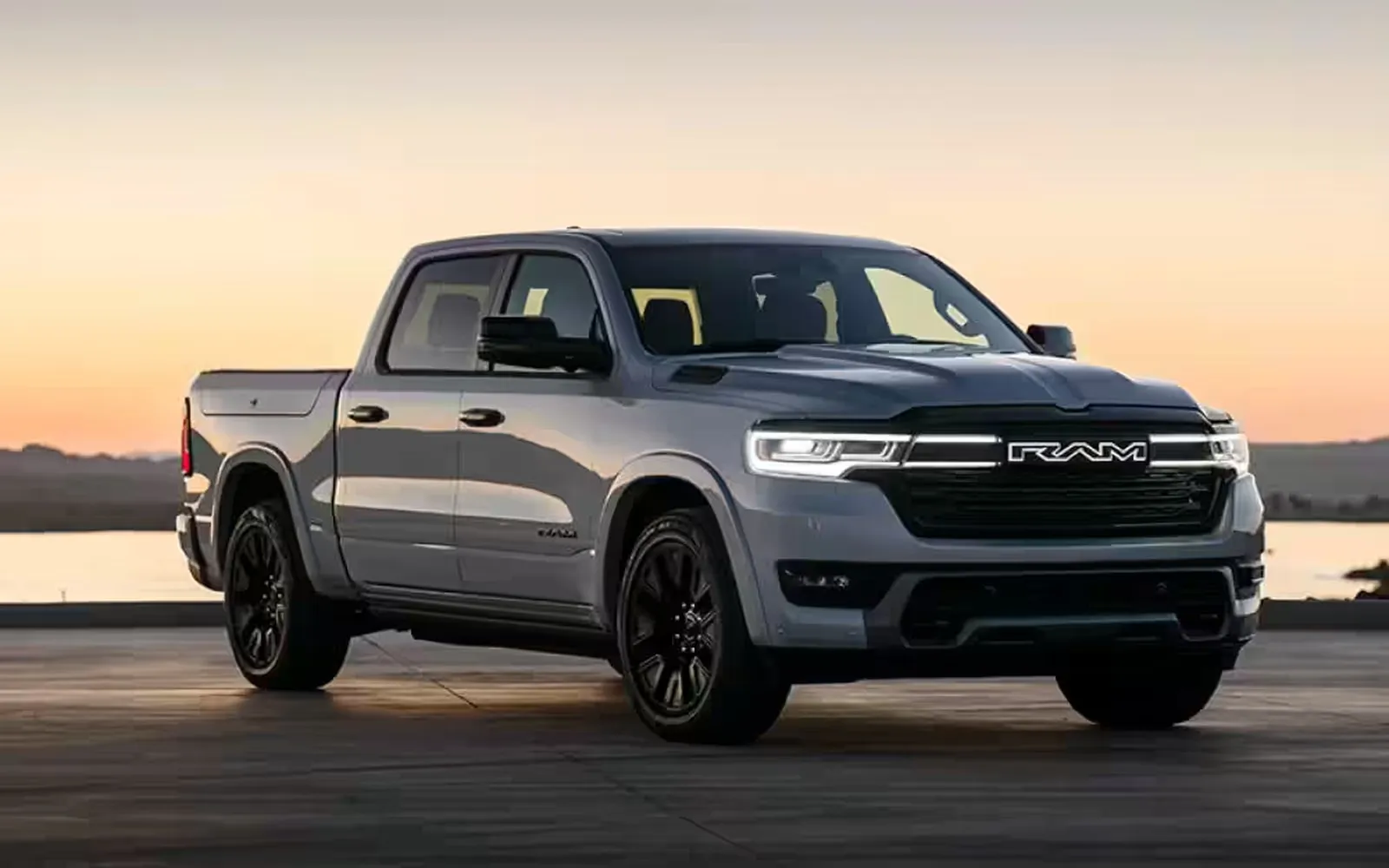
2025 Electric Pickup Trucks: Revolutionizing the Future of Eco-Friendly Hauling
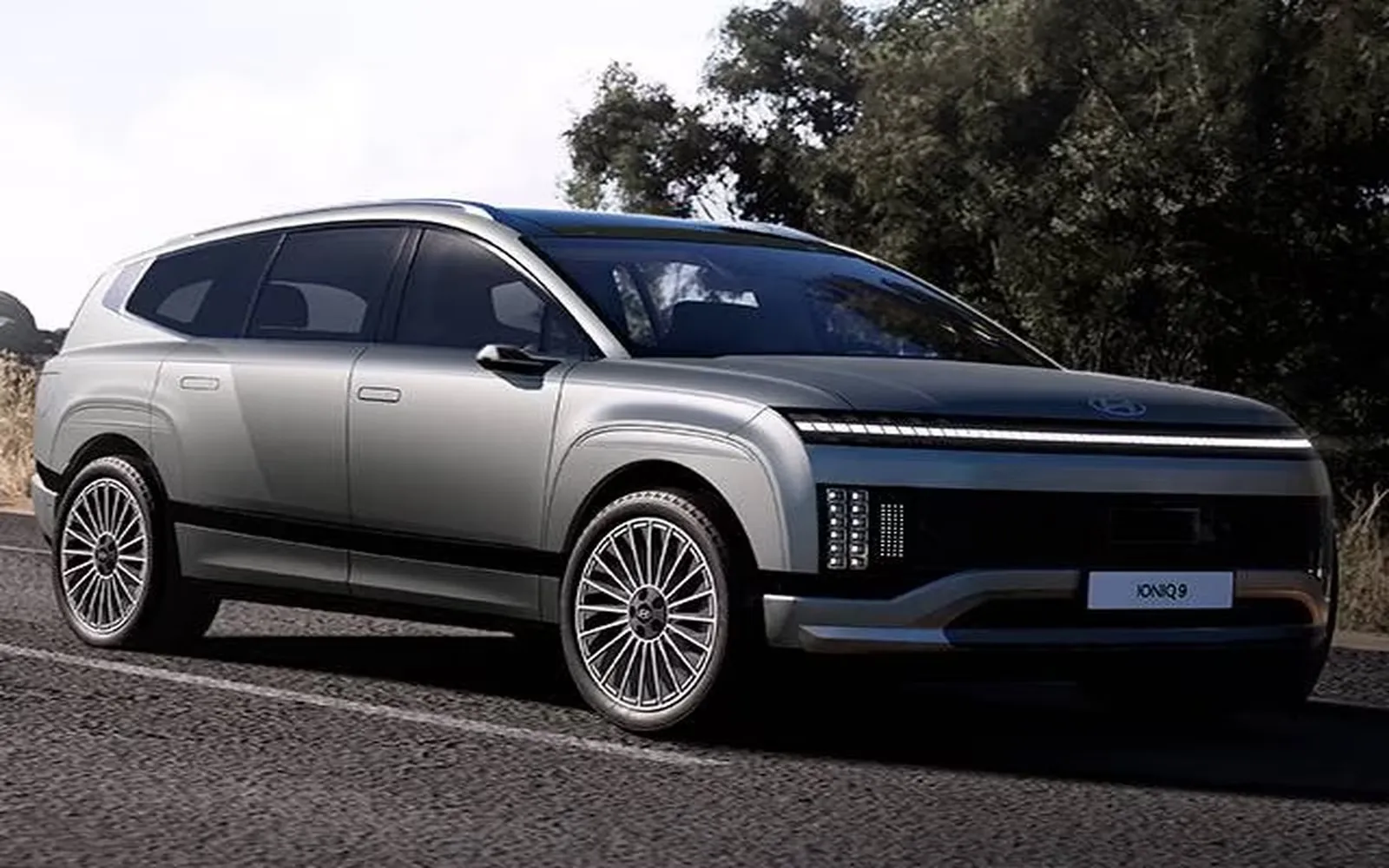
Electric Cars of 2025: The Best EVs to Drive into the Future
